Get PeakVisor App
Sign In
Search by GPS coordinates
- Latitude
- ° ' ''
- Longitude
- ° ' ''
- Units of Length

Yes
Cancel
Share ×

Scan the QR code and open PeakVisor on your phone
❤ Wishlist ×
Choose
Delete
The Klamath Mountains are a rugged, remote range in northwestern California and southwestern Oregon. Although geographically the Klamath Mountains extend into Oregon, north of the state line the range is mostly recognized by one of its subranges, the Siskiyou Mountains.
The Siskiyou Mountains are the largest sub-range of the Klamath Mountains, but there are several other significant, craggy subranges in the Klamath range, including the Trinity Alps, Marble Mountains, Eddy Range, Salmon Mountains, and Castle. In fact, unlike other major mountain ranges that stretch through California, like the Cascades and the Sierra Nevada, the Klamath Mountains are usually identified by major subranges rather than as a single cohesive mountain range.
The number of subranges in the Klamath Mountains relates to the complex and seemingly isolated rock types that are scattered throughout the landscape. An assortment of volcanic, marine, sedimentary, ultramafic, and granite rock form the complex geology of the Klamath Mountains.
Despite containing 11 protected wilderness areas in Oregon and California, extensive hiking trail systems, and being the second largest alpine wilderness block in California, the Klamath mountains remain less populated, visited, and appreciated by outdoor enthusiasts.
In fact, the Klamath Mountains are home to several admired National forests, including the Shasta-Trinity National Forest, Siskiyou National Forest, and Klamath National Forest, as well as a 211-mile stretch of the Pacific Crest Trail, a renowned National Scenic Trail, and the 400-mile Bigfoot Trail, which begins in the Yolla Bolly-Middle Eel Wilderness and ends in Redwood National Park in northern California.
The climate in the Klamaths varies from heavy snowfall and moderately cold winters to dry, rainless summers. Due to the unique geology in the region, the Klamath Mountains contain one of the largest collections of conifers in the world and have a high rate of species diversity. In fact, the Klamath-Siskiyou region was included in the World Wildlife Fund’s assessment of the 200 locations most important for species diversity worldwide and several species in this region can only be found locally.
Elevations in the Klamath mountains range from modest 600-foot foothills to 9,026 feet at the top of Mount Eddy, the tallest peak in the range. Generally, peaks in the Klamath range, with the exception of Mount Eddy, average 6,000 to 8,000 feet in elevation. Some of the noteworthy peaks in the Klamath Range include Thompson Peak, Mount Hilton, Caesar Peak, Sawtooth Mountain, Wedding Cake Mountain, Caribou Mountain, China Mountain, Gibson Peak, and Boulder Peak.
Deadfall Lakes and Mount Eddy - Located in the Trinity Divide, the easternmost subrange of the Klamath Mountains, the trek to Mount Eddy is a moderate to strenuous 10-mile (RT) hike featuring panoramic views of the Klamath mountains and portions of the Southern Cascades. Approximately 1.5-miles into the trail, hikers will cross paths with the iconic Pacific Crest Trail before reaching the largest lake in the basin, Deadfall Lake. After reaching Deadfall Summit, hikers will continue on to reach the summit of Mount Eddy, one of just nine ultra-prominent peaks in California.
The Siskiyou Wilderness – Arguably the most rugged stretch of the Klamath range, the Siskiyou Wilderness offers an incredible collection of alpine lakes and jagged peaks. Despite being one of the least used wilderness areas in California, the Siskiyou Wilderness provides easy access to breathtaking Klamath peaks including Preston Peak, Bear Mountain, El Capitan, The Lieutenants, and Black Butte. Preston Peak, in particular, sits high above most mountains in the region and offers some of the best views in the Klamath Mountains. From the summit, hikers will appreciate unobstructed views of over 2 dozen individual peaks.
Marble Mountains Wilderness – The second largest wilderness area in the Klamaths, Marble Mountains Wilderness offers over 225,000 acres to explore. Trails in the Marble Mountains Wilderness are particularly popular among hikers and backpackers. Trails leading to prominent peaks, like Marble Mountain, and nearby lakes like Sky High, Campbell, Cliff, and Summit Lakes are the most popular, particularly in summer months.
Trinity Alps Wilderness – Located near the center of California’s Klamath Mountains, the 525,000-acre Trinity Alps Wilderness is generally considered to be the heart of the Klamath range. Admired by hikers and backpackers for its spectacular scenery, Trinity Alps is where adventurers will find lofty granite towers, deep canyons, cascading waterfalls, and deep alpine lakes. There is an excellent trail system available to hikers and backpackers that includes approximately 600 miles of trails varying in difficulty and length.
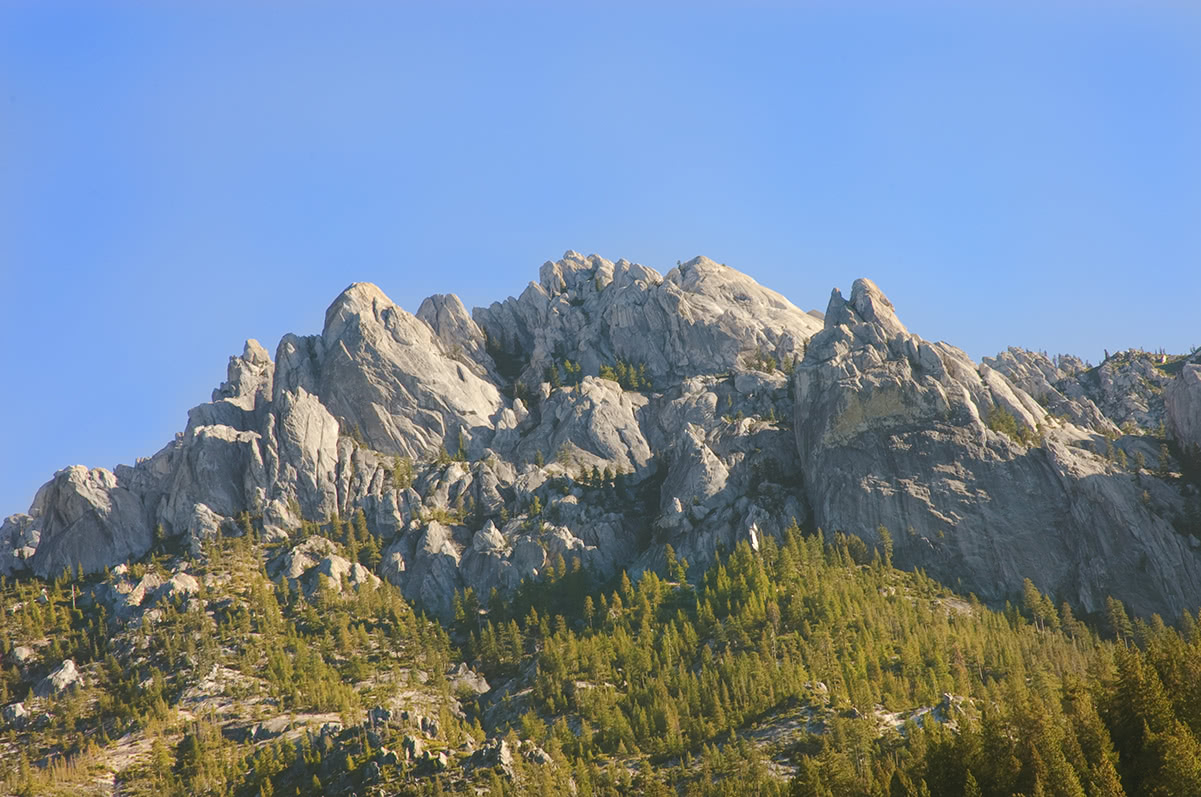
Castle Crags Wilderness
Yreka is located in Siskiyou County near the Shasta River. Yreka serves as an ideal basecamp for exploring Shasta-Trinity National Forest and Klamath National Forest. Located just south of Oregon, in California, Yreka has a rich and diverse history. There are ample lodging and dining options available for visitors looking to spend any amount of time in Siskiyou County.
Located in Trinity County, Weaverville is an old historic California Gold Rush town at the foot of the Trinity Alps Wilderness Area. Downtown Weaverville is not only on the National Register of Historic Places, but it's also nearby chiseled granite peaks and alpine lakes, 600 miles of trails and 500,000 acres of wilderness.
Explore Klamath Mountains with the PeakVisor 3D Map and identify its summits.

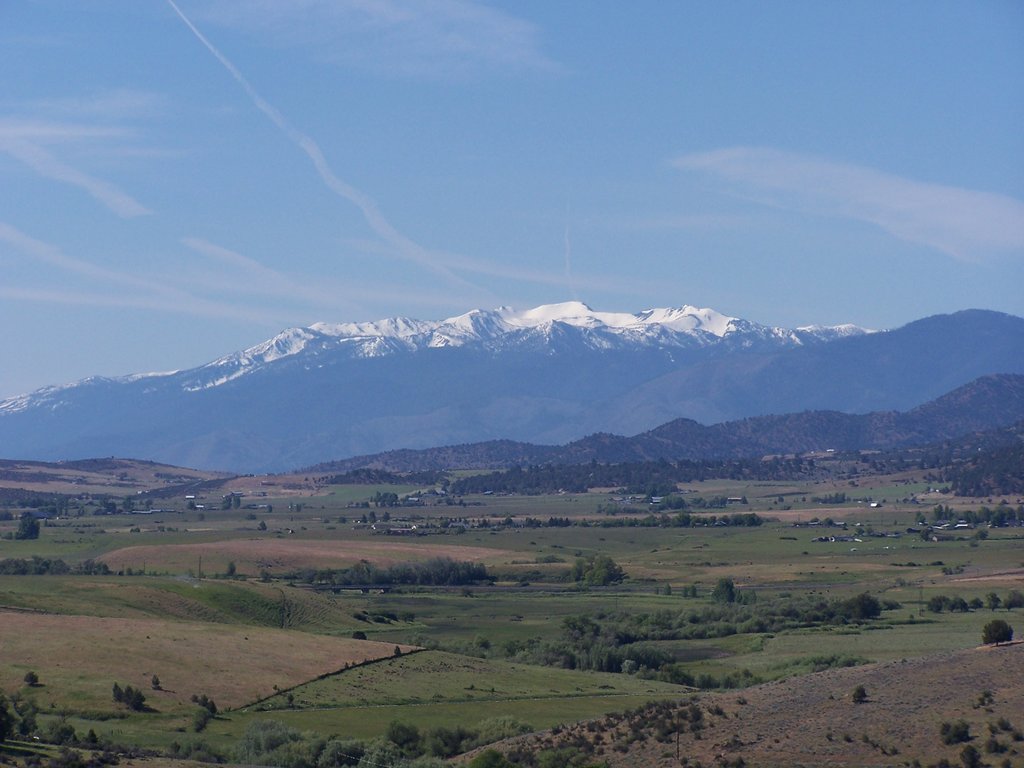
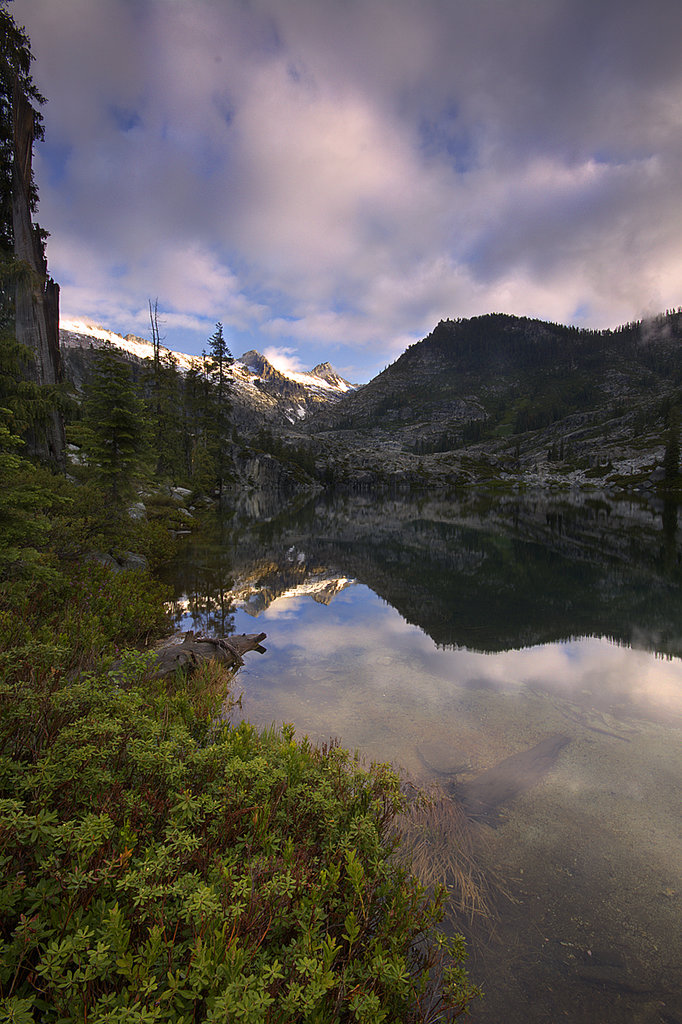
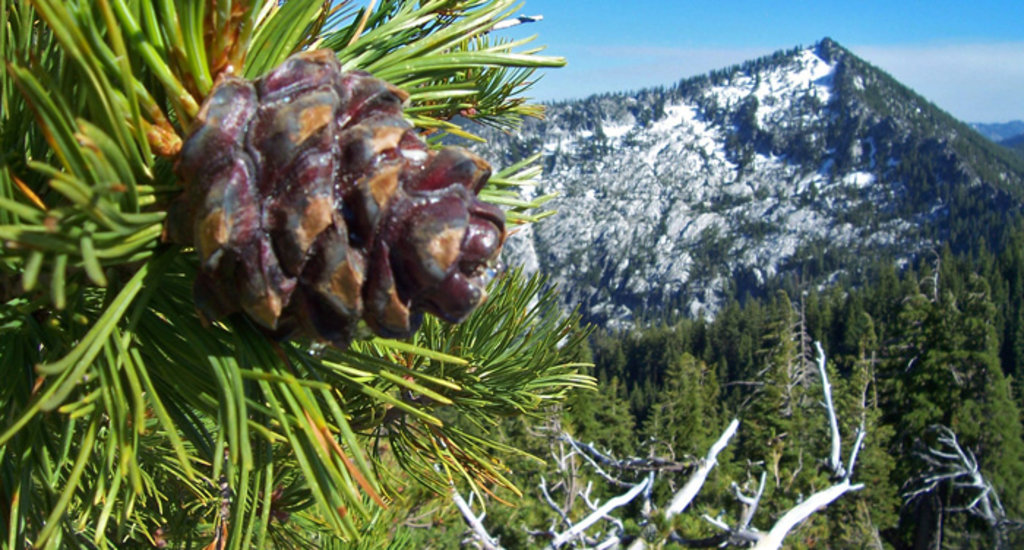
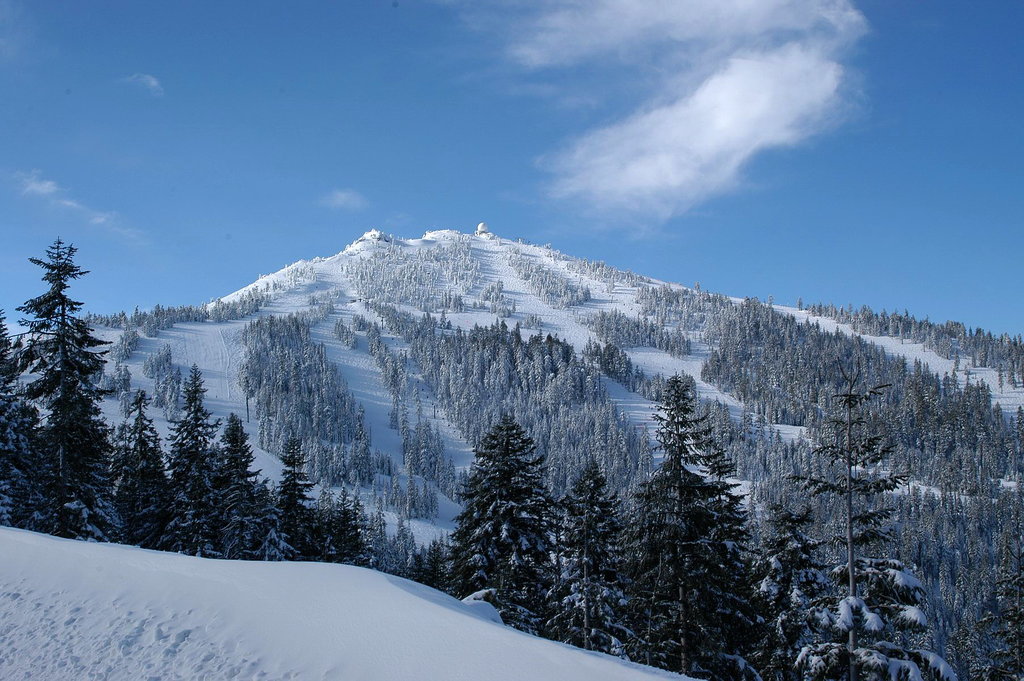
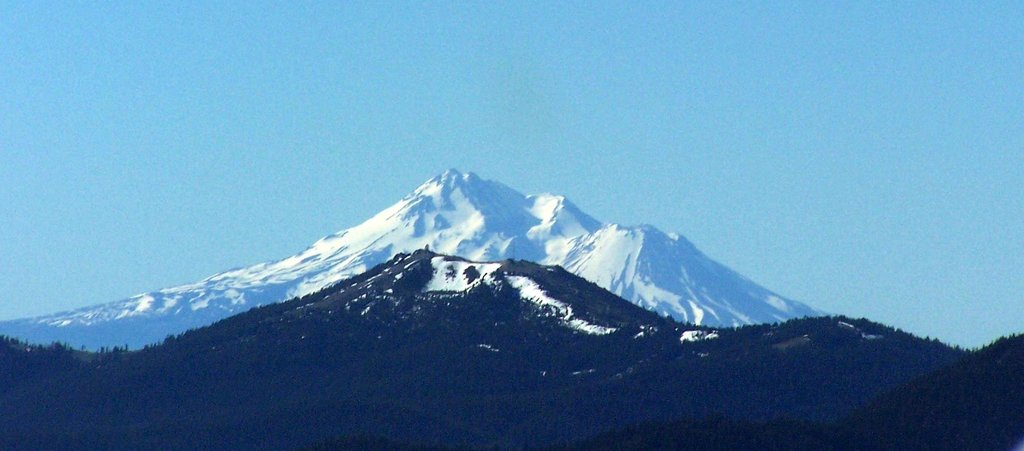
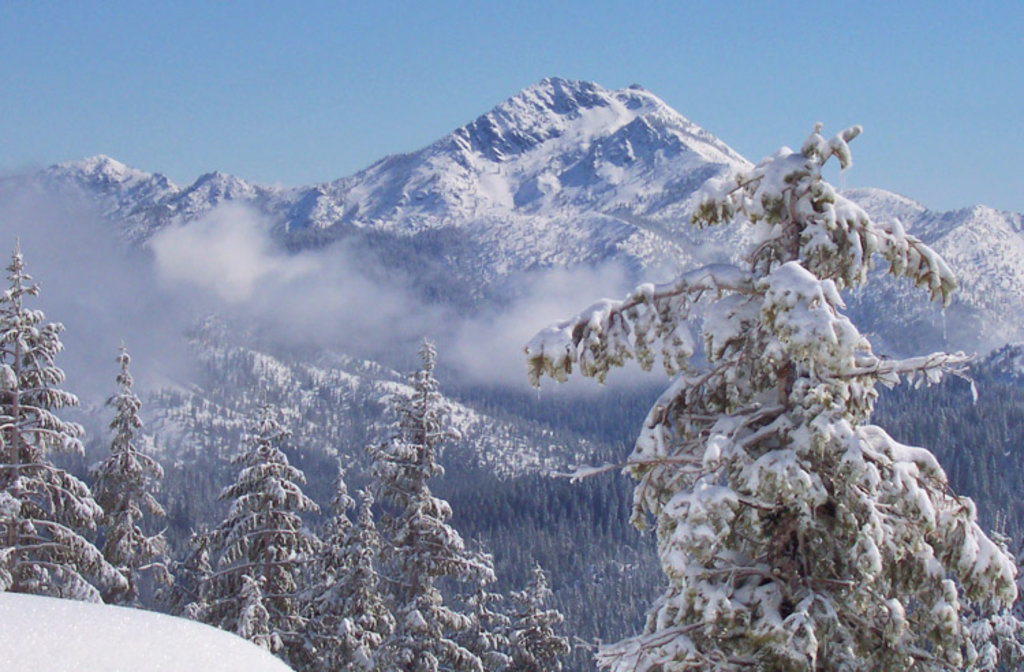
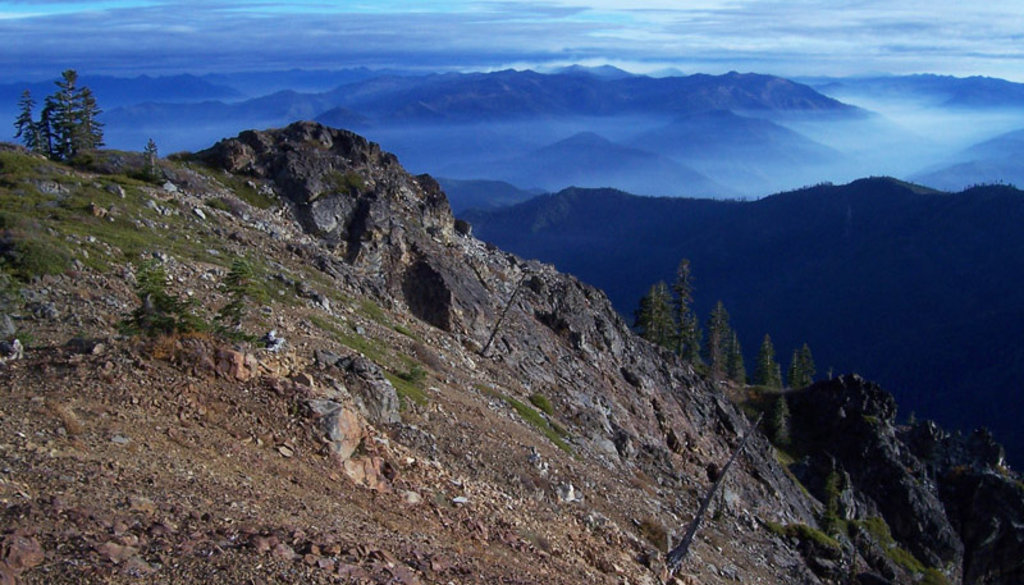
ultra
western-state-climbers
california-coastal
california-ultras
ultra
western-state-climbers
california-coastal
california-ultras
